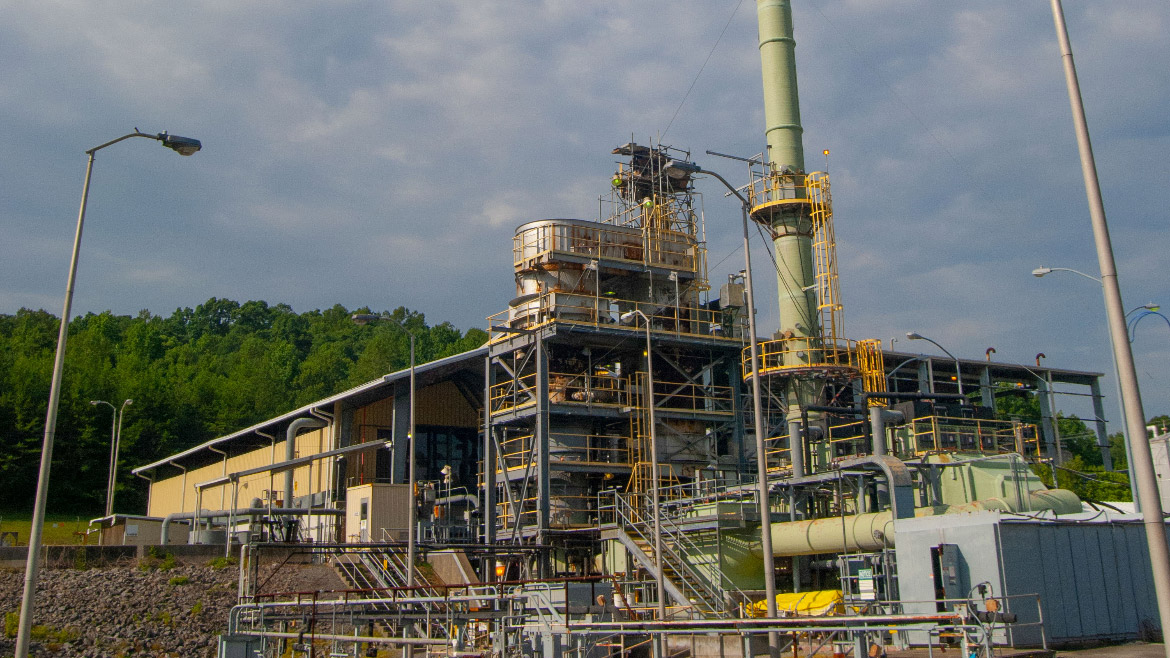PEER calls on EPA to report waste incinerators’ toxic output
The EPA's Toxics Release Inventory right now doesn't include chemical releases from waste incinerators. PEER and other groups are fighting to change that.

DOE photo Lynn Freeny Oak Ridge Tennessee
The U.S. Environmental Protection Agency (EPA) should finally start requiring waste incinerators to report their toxic chemical emissions to the agency’s Toxics Release Inventory (TRI), according to a rulemaking petition filed today by Public Employees for Environmental Responsibility (PEER) and the Energy Justice Network, with backing from more than 300 other environmental and public health organizations. Toxic emissions from waste incinerators are currently not catalogued in the TRI even though they are quite substantial.
The TRI rulemaking petition would cover incinerators that burn municipal solid waste (household and commercial trash), industrial waste, medical waste, and sewage sludge, as well as pyrolysis and gasification units, altogether approximately 400 facilities nationwide. The petition requires a formal response and addresses one of several demands that 274 groups made of the White House in a letter raising concerns about EPA’s history of favoring waste incineration. That October 2022 letter was never answered or acknowledged.
Toxic heavy metals, such as lead and mercury burned in incinerators are not destroyed but end up discharged in the air and in the resulting ash. Incineration also does not destroy many toxic chemicals, such as per- and polyfluoroalkyl substances (PFAS), which also end up in the air and ash, ultimately contaminating lands and waters. In still other cases, such as burning vinyl chloride (used in PVC plastic), incineration creates even more toxic variants, such as dioxins and furans, the most toxic class of chemicals known to science.
The petition also includes controversial pyrolysis and gasification units that are promoted as “chemical recycling” or “advanced recycling,” yet are classified by EPA as types of incinerators. These facilities heat wastes, usually plastics, in attempts to create a fuel product. While touted as a way to create clean energy from plastics, one of these new EPA-approved fuels carries an astronomical cancer risk of 1 in every 4 persons exposed, nearly 250,000 times the level EPA considers safe.
“This petition would close a big data gap about our exposure to harmful chemicals,” stated PEER Executive Director Tim Whitehouse, a former EPA enforcement attorney, noting that reporting to the TRI would provide the first disclosure of toxic chemicals in incinerator ash, which usually ends up in landfills. “Incinerator ash is full of toxic chemicals, and when used in place of soil to cover landfills at night, can blow into communities.”
The Toxics Release Inventory currently contains detailed information on 770 chemicals in 33 categories managed by more than 23,000 industries. The TRI was created as part of the Emergency Planning and Community Right to Know Act, enacted back in 1986.
EPA has the legal authority to add incinerators to the TRI, but has not done so despite clear environmental justice implications, as trash, sewage sludge, and medical waste incinerators disproportionately impact people of color.
“Waste incinerators are typically among the largest industrial air polluters in their cities and counties, yet this info is invisible in this popular disclosure tool,” added Mike Ewall, Executive Director of the Energy Justice Network, a national organization supporting communities to prevent and close waste incinerators and other polluting industries. “Our research has shown that this unnecessary industry is worse than landfilling, is dirtier than coal burning, and disproportionately impacts people of color.”



